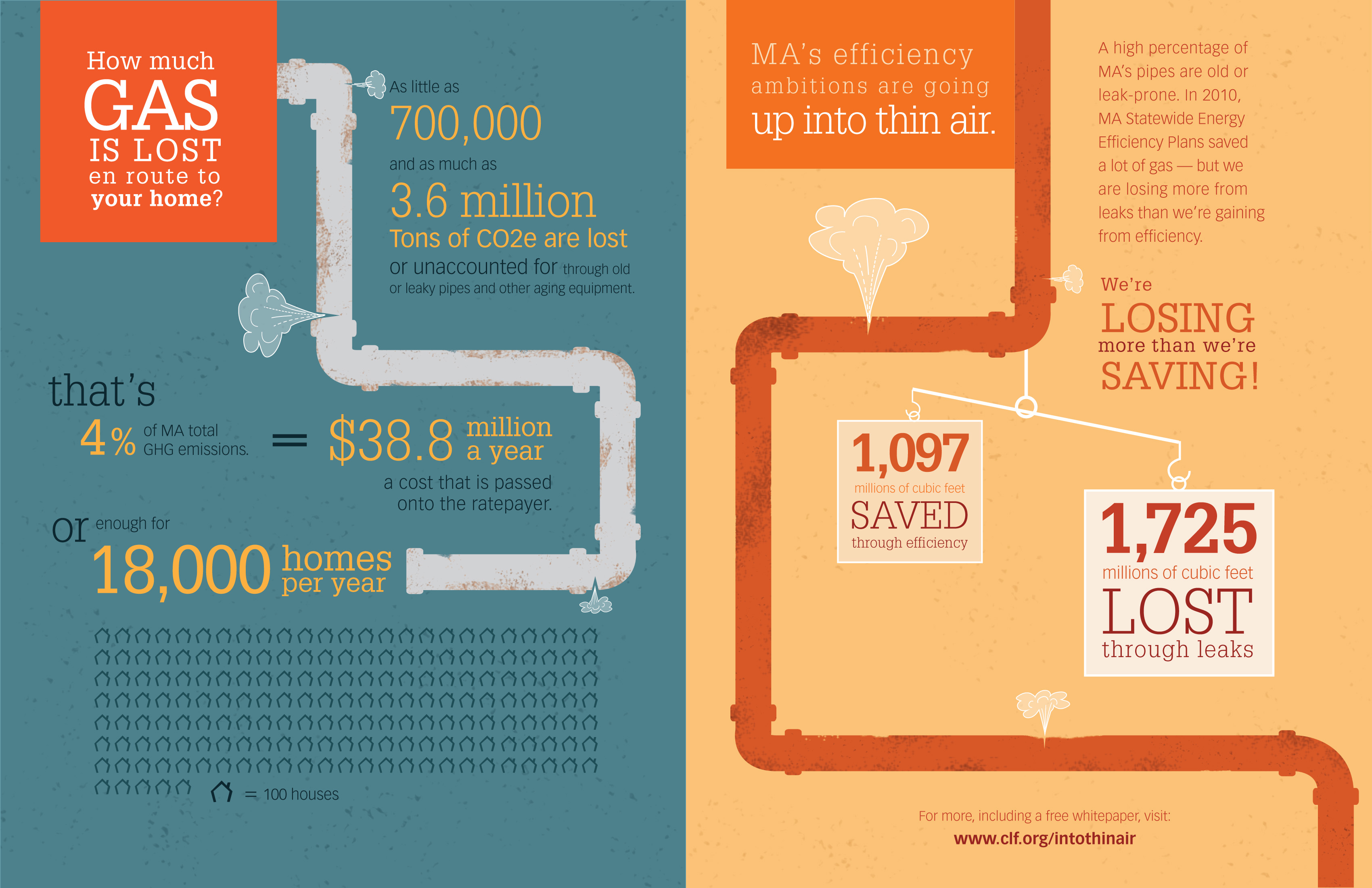Recognizing The Costs Of Solar Setup: Is It Worth The Investment?
Recognizing The Costs Of Solar Setup: Is It Worth The Investment?
Blog Article
Short Article Writer-Mathis Stiles
When considering the prices of solar setup, you might wonder about the ahead of time financial investment required and whether it lines up with the prospective long-term advantages. Comprehending the intricacies of these costs and the different factors affecting the overall return can shed light on the value recommendation of transitioning to solar energy. By evaluating both the first setup prices and the projected savings over time, you can obtain understanding right into whether the financial investment in solar installation holds promise for your financial future.
First Configuration Expenses
When thinking about the costs of solar setup, the initial arrangement costs play an essential function in your decision-making process. These ahead of time costs include the price of solar panels, inverters, mounting equipment, and setup labor.
The rate of solar panels can differ depending on the brand, performance, and size you pick. Inverters are necessary for transforming the sunlight's energy right into functional power and can be found in various types such as string inverters, microinverters, and power optimizers, each with its own price ramifications.
Placing equipment, such as racks and rails, is required to safely mount photovoltaic panels on your roofing system or home.
The setup labor price covers the professional installation of the solar system, making certain that every little thing is set up properly and efficiently. Keep in mind that while these first setup expenditures may seem high, there are often refunds, tax obligation rewards, and funding options offered to help counter the prices and make solar installation much more affordable over time.
Long-Term Cost Savings Evaluation
To comprehend the monetary benefits of solar setup with time, it's critical to conduct an extensive lasting cost savings evaluation. While the preliminary setup costs of photovoltaic panels might seem complicated, the long-term cost savings can surpass these expenses substantially. By taking advantage of the power of the sunlight to produce electrical energy for your home, you can potentially conserve thousands of bucks on your utility costs over the life expectancy of your solar system.
One of the key variables to think about in a long-term financial savings analysis is the reduction in your electrical energy expenses. With solar panels, you can generate your electrical power, reducing and even removing your dependence on the grid. This can lead to significant savings, especially as utility rates continue to climb.
Additionally, numerous governments offer incentives such as tax debts and rebates for installing photovoltaic panels, further boosting your long-term savings. By benefiting from these incentives and optimizing your solar power manufacturing, you can appreciate considerable financial benefits for several years to come.
Roi Calculation
Considering the monetary benefits of solar installment, it's time to assess the Roi (ROI) estimation. Identifying the ROI includes contrasting the overall costs of mounting a solar system with the monetary advantages it generates over its life expectancy.
To compute ROI, separate the web make money from the system by the overall financial investment cost and multiply by 100 to obtain a portion. The ROI formula is: (Internet Earnings/ Overall Financial Investment Expense) x 100.
As top solar companies , if the overall price of setting up a planetary system is $20,000, and over its life-span, it produces financial savings and earnings amounting to $30,000, the web profit would certainly be $10,000. Splitting this by the overall financial investment price of $20,000 provides a ratio of 0.5. Increasing this by 100 provides an ROI of 50%.
Usually, a greater ROI indicates an extra economically rewarding financial investment. relevant site like federal government incentives, maintenance prices, and energy rate changes can impact the ROI of solar installments. Recognizing the ROI helps in examining whether purchasing solar energy is worth it in the future.
Verdict
To conclude, understanding the costs of solar installment is essential for establishing if it is worth the financial investment. By considering first arrangement expenses, conducting a long-lasting savings evaluation, and computing the roi, you can make an educated decision about the economic worth of solar energy. With the potential for minimized utility bills and raised power self-reliance, investing in solar installation can be a wise option for both your budget and the setting.
